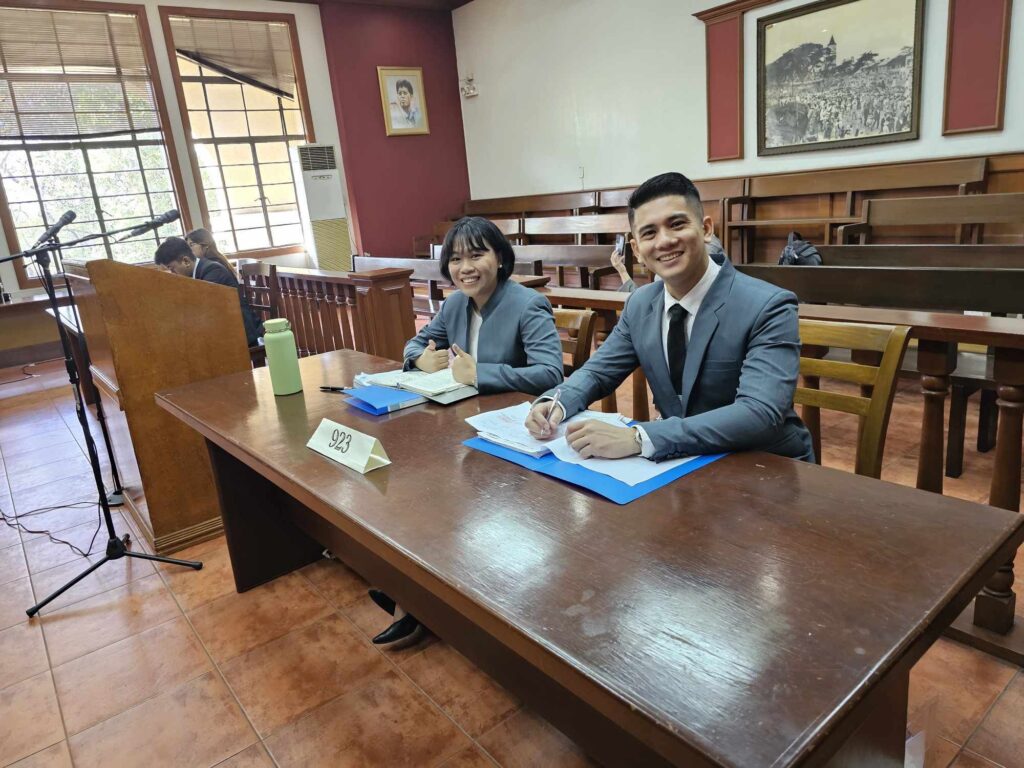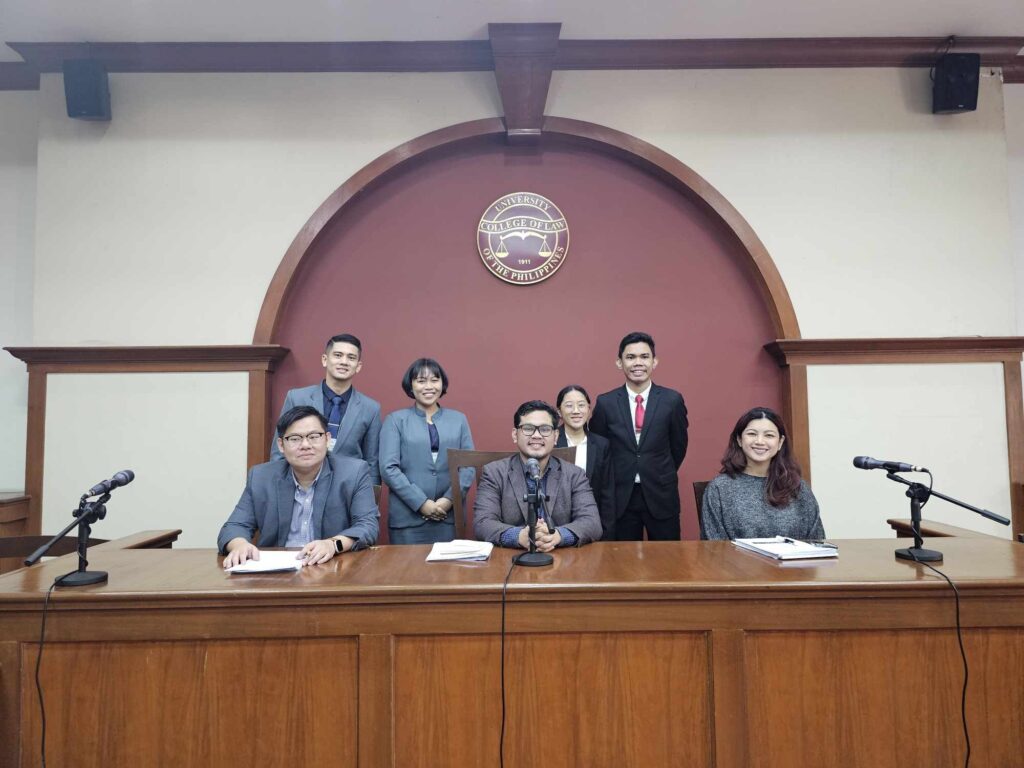In this post, I am sharing my personal experience as a participant in the Stetson International Moot Court Competition 2024. We won the Overall Best Memorial, first place in the general rounds, and a quarter finalist.
This is the South East Asian Rounds held on February 1-3, 2024 at UP Diliman, Quezon City, Philippines.
What is a moot court debate?
A moot court competition in the Philippines is usually done by law schools against each other or by a group of students against another where the participants simulate a court hearing.
There are two sides where participants either perform as an Applicant (Petitioner) or a Respondent. The goal is to win their side by winning the judges’ vote. Moot Court involves analyzing a set of facts, answering the pre-determined issue, and applying relevant laws to the facts. The skills involved in a moot court include legal research, legal reasoning, organization, and speech delivery.
Why is it called a moot? Because moot basically means “no practical relevance.” It means that the case you are arguing has no practical legal effect because the facts such as persons and countries involved are fictional, hence “moot.” However, there is an educational effect to booting because the issues and skills required usually reflect real-world situations. Moot is very beneficial for law students or law enthusiasts to hone their legal skills.
My school’s website post on our participation in the 2024 Stetson Moot Court Competition






What do you say in moot court?
The usual phrases in moot court are the following:
- “May it please the Court” – usually said at the beginning and the ending of the oral rounds;
- “Your Excellencies” – used to address the judges;
- “Mr/Madame President” – used to address the main judge or the judge at the center;
- “Respectfully” – word to emphasize the deferential tone.
The tone of voice that is recommended in a moot court should be respectful and not debating. It is worth noting that in moot court, the oralist does not debate but pleads before a judge to grant his prayer.
What is the structure of a moot?
For the oral rounds, the following is the structure based from my experience
- Judges enter the room and everyone rises
- The President calls for everyone to settle down
- The President calls for the first speaker/orders for the appearances
- The first speaker is usually the Applicant. The applicant will manifest their appearance. He/she introduces themselves (usually two speakers), and the minutes allocated for their speeches.
- The first speaker then begins his first speech and some persons serve as a timer for the speaker and for the judges
- The judge may interrupt at any time and ask the oralist questions related to the speech
- The judges usually have a copy of the oralist’s memorial but no idea about their speeches
- When the time is up, the first speaker will then cede the podium to the second speaker who will receive the same pattern of questioning
- The second speaker must wrap up the overall arguments of their side
- The judges will then call the next side, which is the Respondent who then introduces themselves first.
- The Respondent begins his or her oral submissions by responding to the averments of the Applicant
- The Respondent may be interrupted by the judges and will be subject to the same time allocation
- After the oralists present, they are called to move out from the room so the judges can deliberate
- After calling them again, the judges will give their feedbacks and their decision who won that round.
This is the complete set of rules when I joined the Moot Court.
